
OR
Poor health outcomes
Before his inevitable death on November 27th, the badly emaciated 17-year-old Shambhu Kumar Ram of Saptari district’s Dadha VDC had become the poster-child for the abject failure of child nutrition program in Nepal. This is the program into which both the government and Nepal’s many bilateral and multilateral donors have over the years generously contributed. In Saptari district alone, the government in the past two years has released nearly Rs 112 million under UNICEF’s Sunaula Hazar Din program targeted at new mothers and infants. Of this, Rs 80.5 million was spent and the rest was returned to the central government. But why was nearly Rs 32 million returned when children in the district are actually dying of malnutrition? This is because even in the case of money that was supposedly spent, very little of it would actually have gone to the intended beneficiaries.
Locals of Saptari suspect that most of this money either fattened foreign consultants and their as money-minded minders in the government, or were spent on ‘overheads’, a catch-all term increasingly invoked by I/NGOs that otherwise struggle to justify their expense.
As a result, 21 percent children (over 62,000) in Saptari are today classified as malnourished; of these over 1,800 are in a critical phase and could die any time. This mismatch between commitment and action is scandalous. Besides the Rs 80 for the wellbeing of young mothers and infants, Saptari district has another Rs 265 million to spend on its healthcare systems under Poverty Alleviation Fund and Garibsanga Bishweshor Karyakram. So where is all this money going? Shambhu’s father believes his son could have lived if his family had received a little financial help and timely medicines. But with no help coming from anywhere, the family had to sell nearly all of their properties to treat Shambhu after his health started to deteriorate around four years ago. Also, even though Shambhu was underweight at his birth, no one informed the family what they should be doing to improve the chances of long-term survival of their child. This again points to a historic failure of our healthcare system: it fails to reach those who need it the most.
Sadly, our public health system is these days so heavily concentrated in a handful of urban settlements, most of Nepal has neither enough doctors nor adequate amounts of medicine. The health bureaucracy is notoriously corrupt, too. It would be a rare top-level health official in Nepal who would not have extracted hefty bribes from suspicious private health projects or not have benefitted from what Dr Govinda KC likes to refer to as the ‘medical mafia’. The healthcare system that we have in Nepal today clearly doesn’t work in the interest of the poor. The CIAA is the right body to investigate such institutional corruption and to make our public officials more accountable. But today the country’s chief constitutional anti-graft body is itself bedridden. How many Shambhus will have to die, one wonders, before our ministers and parliamentarians decide to get down to the urgent business of making our healthcare system work for all Nepalis, not just those who already have the means to take care of their families?
You May Like This
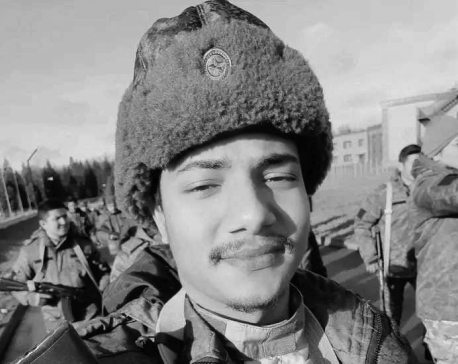
Another Nepali youth dies in Russia-Ukraine war
PYUTHAN, Jan 11: A youth from Pyuthan district, who was serving the Russian Army, died in the Russia-Ukraine war. ... Read More...

Tragic accident claims young life during cannoning
KATHMANDU, July 27: A 22-year-old girl, Anjita Bhandari, from Pokhara Metropolitan City-26 Budhi Bazar, lost her life after a mishap... Read More...

Monsoon death toll in three days reaches 83
KATHMANDU, JULY 27: With an additional 36 deaths confirmed on Wednesday, the death toll from landslides and flooding across the... Read More...




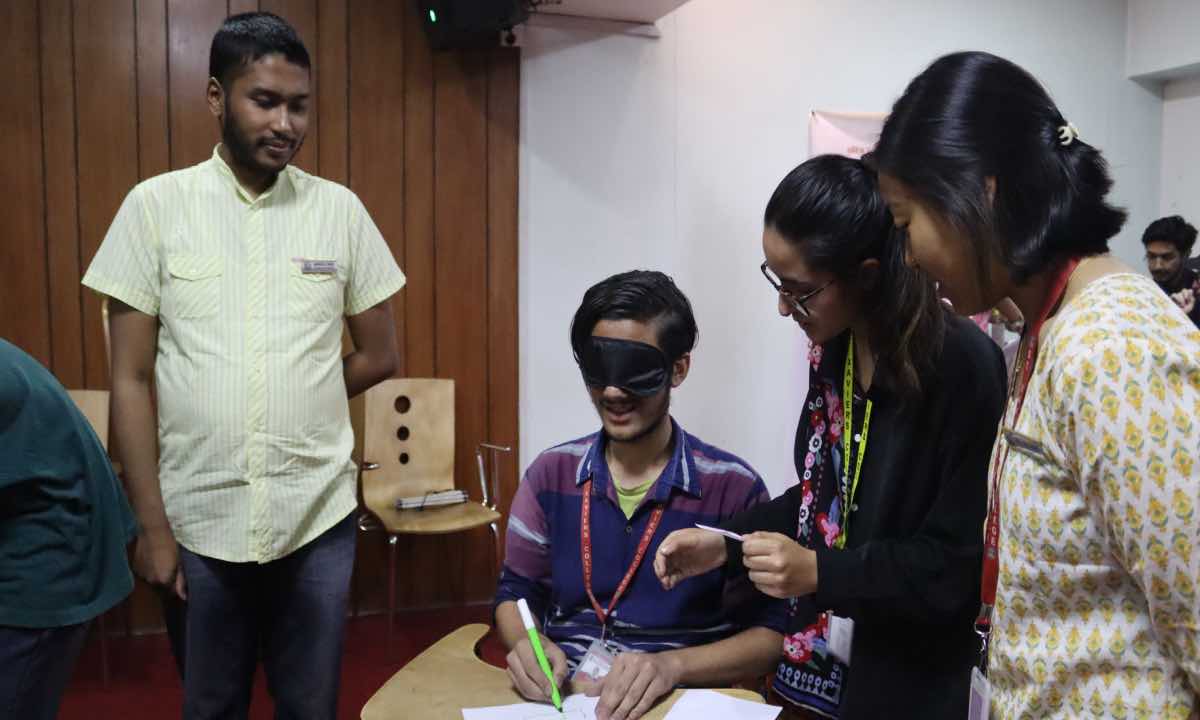

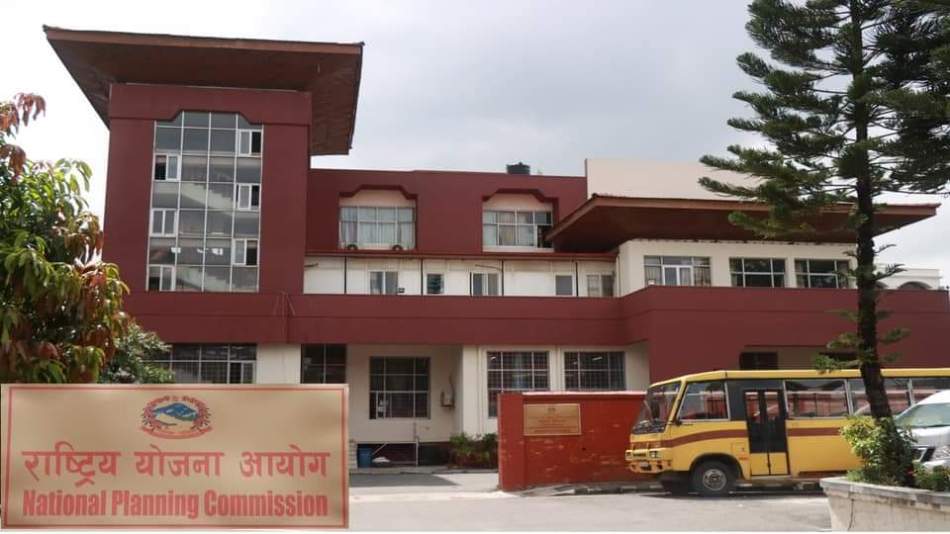

Just In
- One killed in tractor-hit
- Karnali Chief Minister Kandel to seek vote of confidence today
- Chain for Change organizes ‘Project Wings to Dreams’ orientation event for inclusive education
- Gold price decreases by Rs 200 per tola today
- National Development Council meeting underway
- Meeting of Industry, Commerce, Labor and Consumer Welfare Committee being held today
- Nepali announces cricket squad under captaincy of Rohit Paudel for series against West Indies 'A'
- Partly cloudy weather likely in hilly region, other parts of country to remain clear








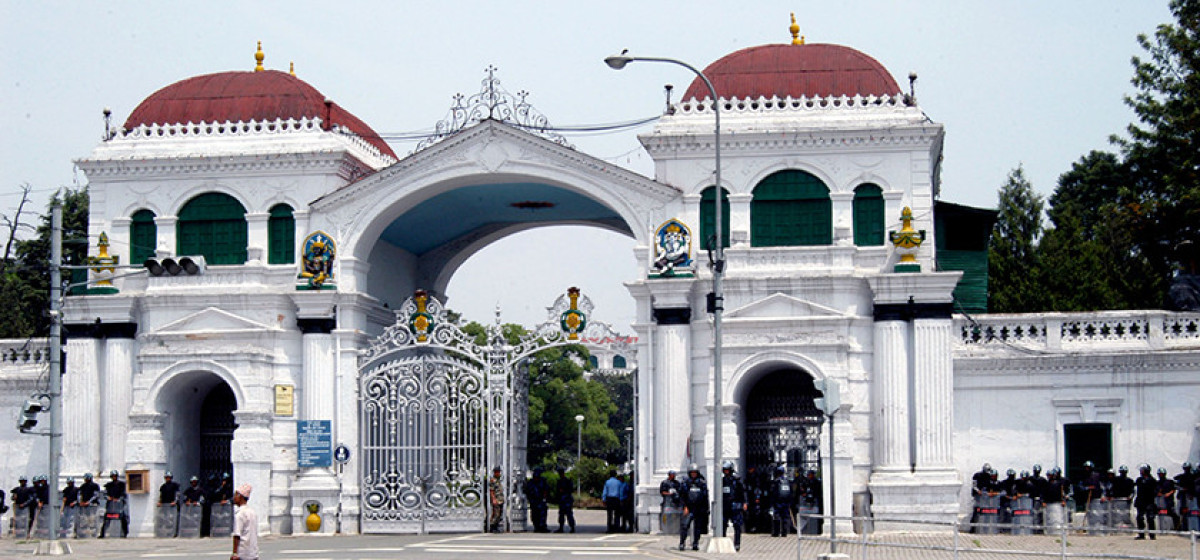
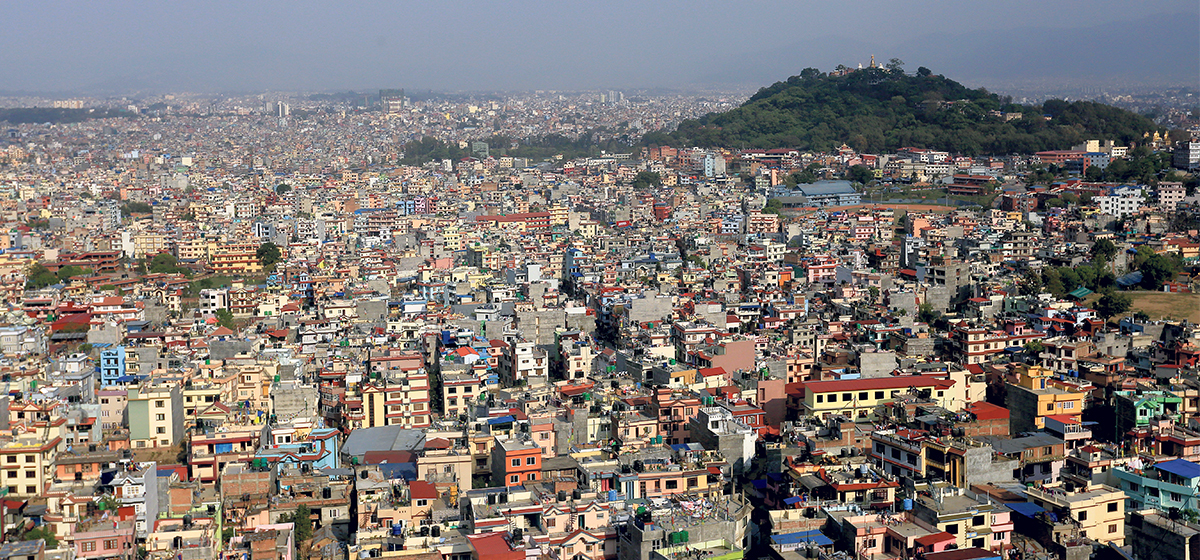
Leave A Comment